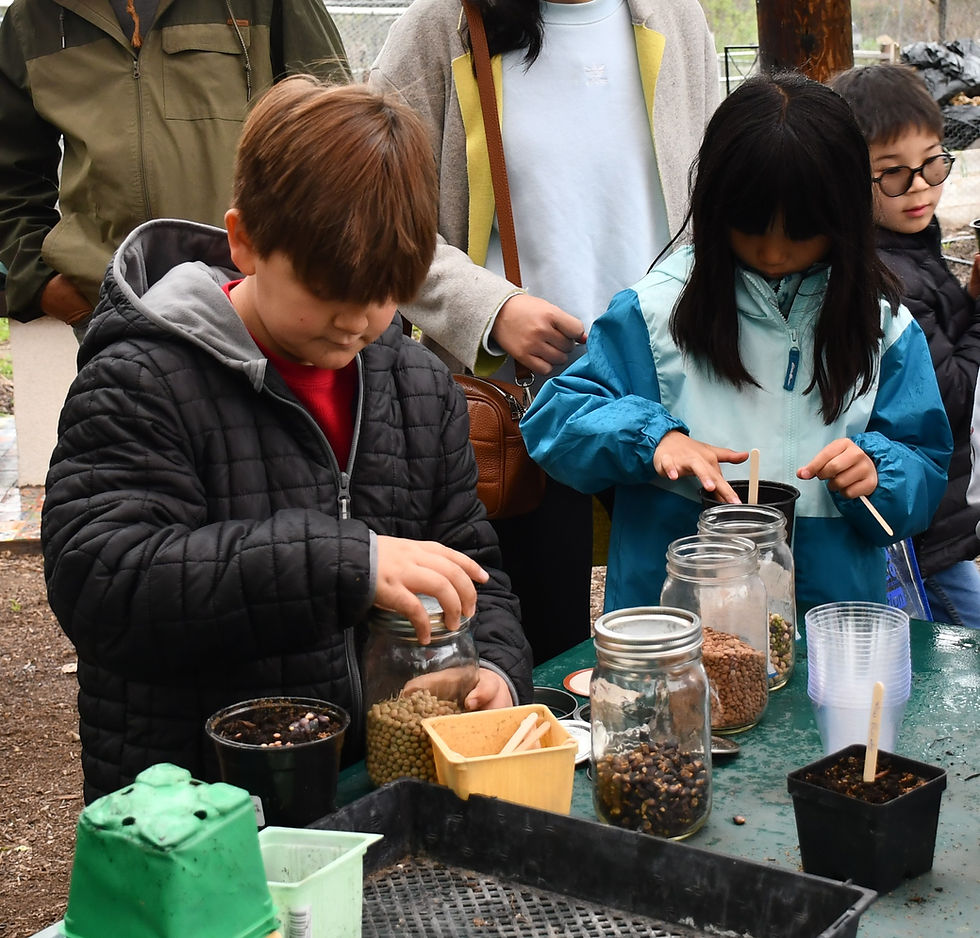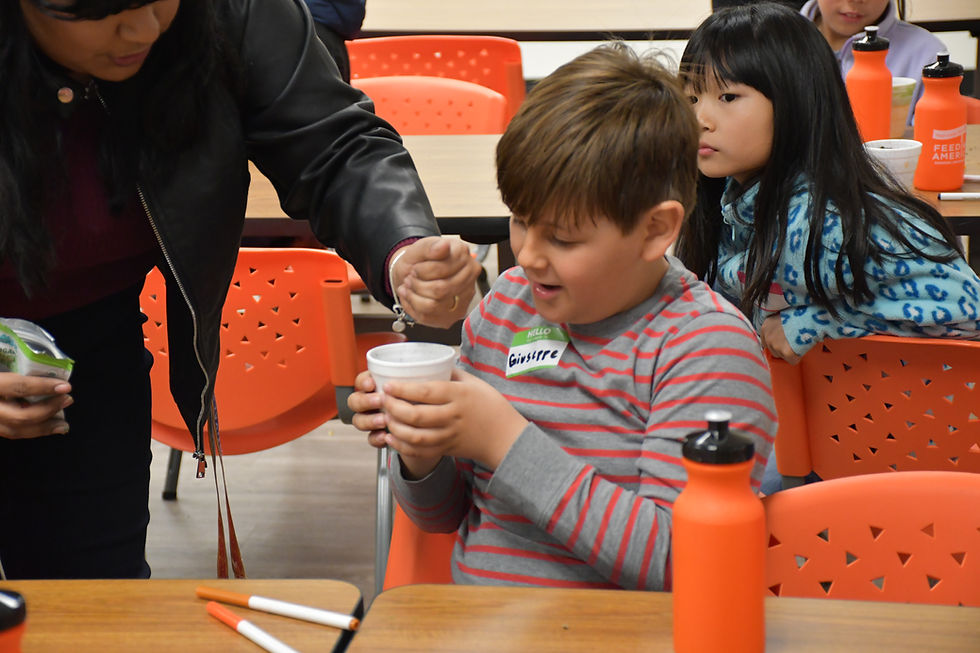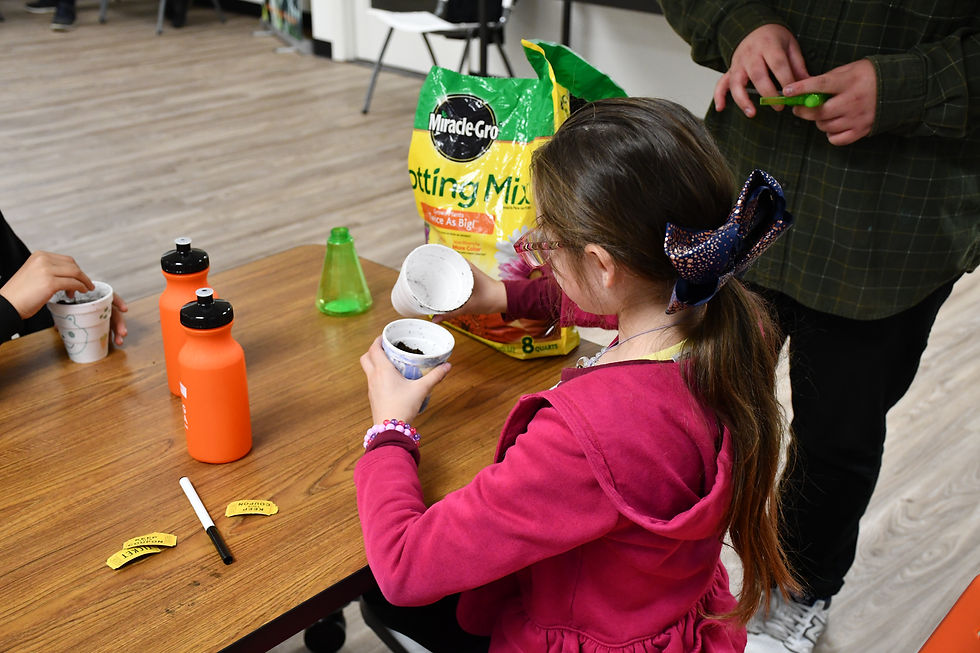May 1, 2024

Photo Credits: Nadiah Mohammed
Getting fresh produce and poultry items from your local pantry can be a major help for you and your family, especially when tough times hit financially, but growing a few items yourself can add to your meal. So what do you do when you need fresh items but don’t have enough to buy more?
Well, there are several produce items that you can use as additions to your main dish or meal that are simple to grow directly on your windowsill. Here are some great options to get you started:
Lettuce
Leafy greens are a big part of a healthy diet, but you have many ways to use them so they tend to go fast. Growing extra between pickups at your local pantry or food bank distribution can be very helpful. The next time you have lettuce on hand, slice the bottom of the head off and place it into a small bowl or jar of water. Leave a bit of the green leafy parts above the waterline and you’ll see growth in no time.
Celery
This tart vegetable is another good choice for accessible water growing as it is just as simple as growing lettuce. Just cut off the bottom two inches from a celery stalk and place it in shallow water with the stalk facing up. You don’t want too much submerged in water so using toothpicks to help keep it at a certain level will be very helpful.

Bean Sprouts
If you’re lucky enough to have bean sprouts, famously used in many Asian dishes, you can start growing your own in just a few days. Place a handful of the bean sprouts in a mason jar or cup filled with cool water. The sprouts expand as they soak up water, so leave lots of space for them to grow; around 1/4th of the jar or cup should be plenty.
Place a mesh cloth over the top so you can drain the water. Soak overnight, drain them, and place them upside down. Repeat this for two to five days until you see the size you want to use. Rinse once more before eating.
Basil
This is a great addition to many chicken or pasta dishes and is as simple as it is to say. Just place the stem in water, ensuring that no leaves are completely submerged, and place it in a cooler area of your kitchen without direct sunlight. The leaves will last up to five days, but you can continue to change the water every two to three days for continual growth and use.
Green Onions
Onions are a way to spice up a bland dish and are easily grown in a jar on your windowsill. Just cut the bottom of the stalk and place it in shallow water that you can add to every few days. The roots will grow so you can transplant it into the ground, a cup of soil, or a small pot. Or, keep adding water as it soaks it up, and you’ll get new growth for your meals every few days.

Adding some homegrown food to your diet is an easy way to keep healthy food on hand for snacking and keep grocery costs low. Even if you have little space for a garden, these options give you a small way to start having food you can grow in water on hand and boost your culinary skills. Add some basil and celery to your lemon chicken, toss some bean sprouts in your ramen, and put your newly grown greens to use!
Growing your own produce is a rewarding way to ensure a nutritious diet. At FARSB, we're passionate about teaching children the importance of healthy eating, equipping them with the knowledge for a balanced life. Discover how our TGIF program is making a difference by visiting www.FeedingIE.org/tgif.


コメント